In what may be a major discovery for Indian history, artifacts found in excavations carried out at Keezhadi in Tamil Nadu’s Sivagangai district have determined a possible link between the scripts of the Indus Valley Civilisation and Tamil Brahmi, which is the precursor to modern Tamil. Another major discovery was that there was an urban civilisation in Tamil Nadu that was contemporary to the Gangetic plain civilisation.
The Indus Valley Civilisation was situated in the north-western part of India between 5,000 BCE and 1,500 BCE. Around 1500 BCE, the civilisation collapsed and some have speculated that its people may have moved south. The script that was used by the people of this civilisation has been termed the Indus script, and experts have long speculated that the language could be Dravidian. Now research coming out of Keezhadi shows a possible connection between the two cultures.
The samples featuring graffiti discovered from Keezhadi date back to 580 BCE. This graffiti is believed to be the link between the Indus script and the Tamil Brahmi.
Speaking to TNM, T Udhayachandran, Commissioner of TN Archeological Department, says, “It’s an initial finding. Researchers note there is a gap between the Indus script and Tamil Brahmi script and this graffiti could fill that gap. We have to position this graffiti marks in that gap. We found 1000 different marks. We have chosen a few that distinctly relate to the Indus. Research is going on.”
A report released by the Tamil Nadu Archeological Department on Thursday explains the significance of the finding. “Among the available scripts of India, the Indus scripts are considered to be the earliest one and were 4500 years old. One kind of script that survived between the disappearance of Indus script and the emergence of Brahmi script is called as graffiti marks by the scholars. These graffiti marks are the one evolved or transformed from Indus script and served as precursor for the emergence of Brahmi script. Therefore, these graffiti marks cannot be set aside as mere scratches. Like Indus script, this also could not be deciphered till date,” it states.
Recent genetic studies show that the Indus people may not have had what’s known as the ‘Steppe Pastoralist’ DNA, thus placing the civilization before the arrival of Indo-European speakers in the subcontinent. DNA studies have shown that people of the Indus Valley Civilisation could be of Dravidian origin.
Urban Civilisation in TN Dating Back to 2500 Years Ago
The findings of the Tamil Nadu Archeological Department also indicate another major discovery — that an urban civilisation was thriving on the banks of the Vaigai River in Tamil Nadu in 6th Century BCE, around 2500 years ago. What this suggests is that the Sangam era – considered Tamil Nadu’s golden age – began much earlier than what was once thought.
“Earlier Sangam period was considered to start from 300 BC and so this is a major finding. This completely changes our perception of Indian history so far,” T Udhayachandran says.
Udhayachandran explains, “We sent samples to a lab in Florida, a University in Italy and Deccan College in Pune. To Florida, we sent six carbon dating samples and one of it has been dated to the 6th century BC. All material used in that period has been reduced to carbon and we have tested it to check what time it belonged to.”
High Levels of Literacy
Another major discovery is that people in the Sangam period were literate as early as the 6th Century BCE. The finding was based on potsherds which had names of people – like Aadhan and Kudhiranaadhan – written in Tamil-Brahmi script.
According to the report, “The recent scientific dates obtained for Keeladi findings pushback the date of Tamil-Brahmi to another century i.e. 6th century BCE. These results clearly ascertained that they attained the literacy or learned the art of writing as early as the 6th century BCE.”
Udhayachandran notes, “Professor Rajan from Pondicherry University who is considered an authority in archaeology in south India has said that this indicates high levels of literacy during this period.”
Earlier when excavations were conducted at Arikkamedu in 1947, Kaveripoompattiam in 1965 and burial sites at Adichanallur in 2005, there was, says the Commissioner, no proof of urban settlements.
“However now, in Keezhadi, we have found proof that this was an urban civilisation. We have found what looks to be a pottery industry here,” he says.
The report also suggests that 70 samples of skeletal fragments of faunal remains were collected from the site. The remains had been sent to Deccan Collect, Post Graduate and Research Institute in Pune for analysis, and species such as cow and ox, buffalo, sheep, goat, Nilgai, blackbuck, wild boar and peacock were identified. It’s noted that while some animals were used for agriculture purposes, cut marks on other animals such as the antelope, goat and wild boar suggest that they were consumed.
While phase five of the excavations at Keezhadi began in June this year, Udhayachandran says that they are planning ahead for the next phase.
“We have filed necessary proposals before Archeological Survey of India. Not only Keezhadi, but we also want to do excavations in adjoining habitations like Kondahai, Agaram and Manalur. We may find traces of the old Madurai. Keezhadi is an industrial area. Kondahai looks to be a burial site, and Agaram and Manalur could be residential areas,” he says.
Source: thenewsminute.com

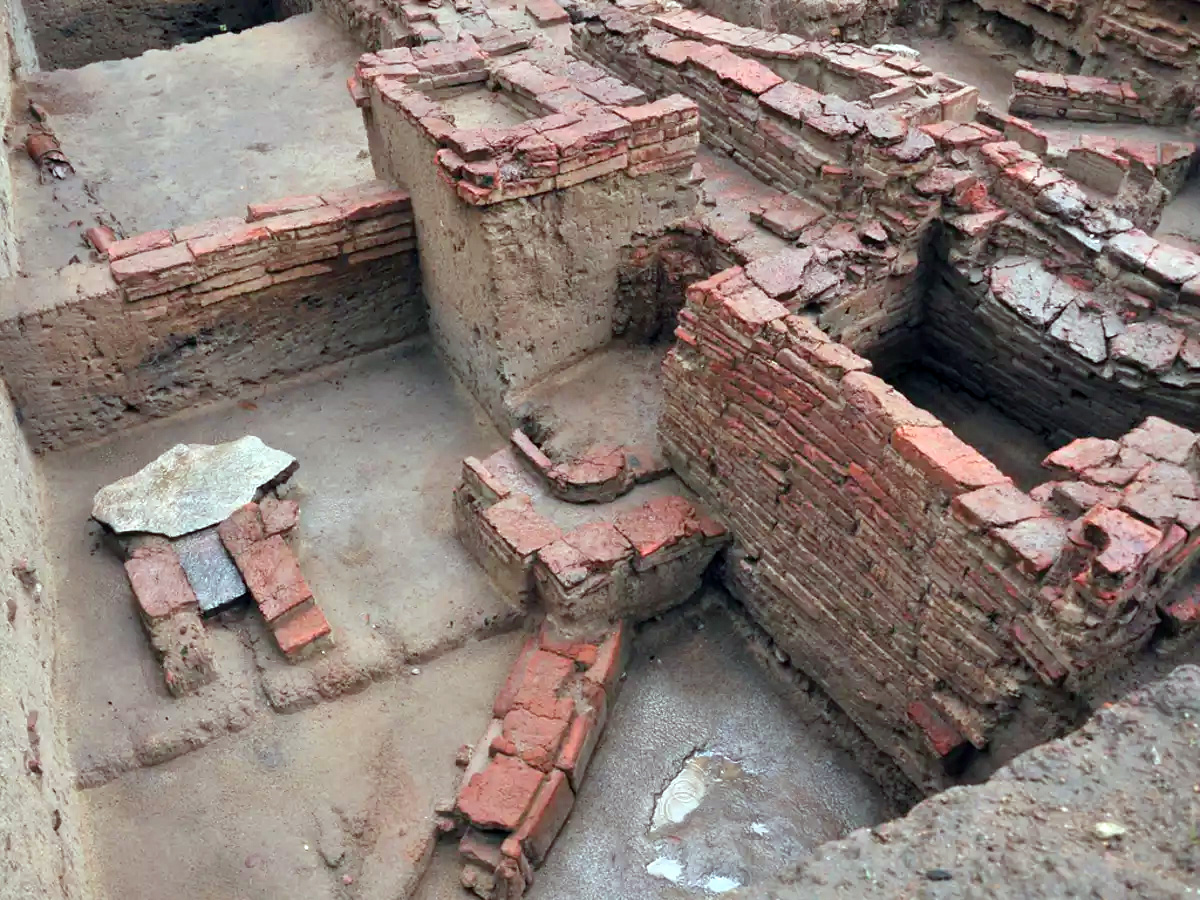
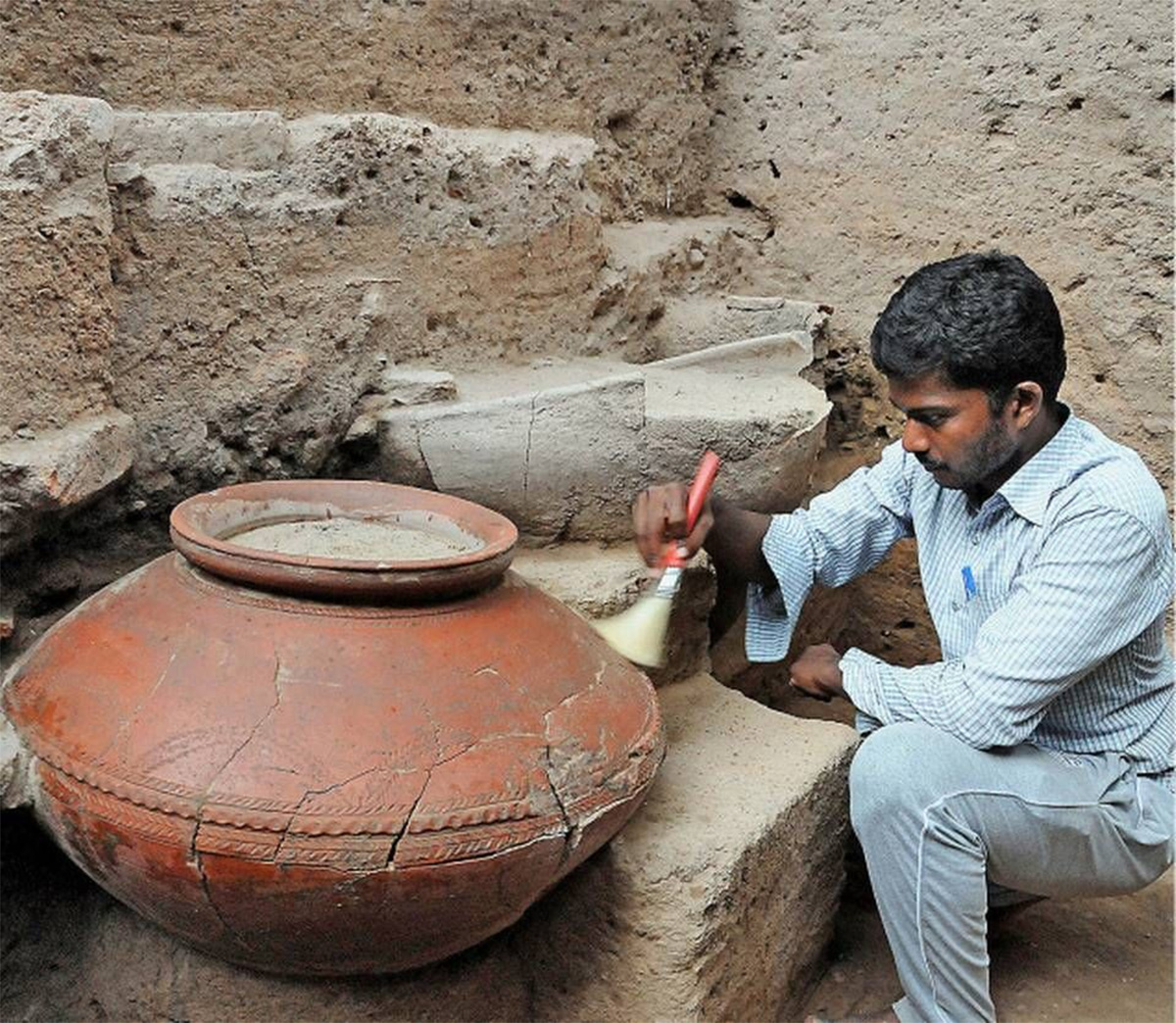
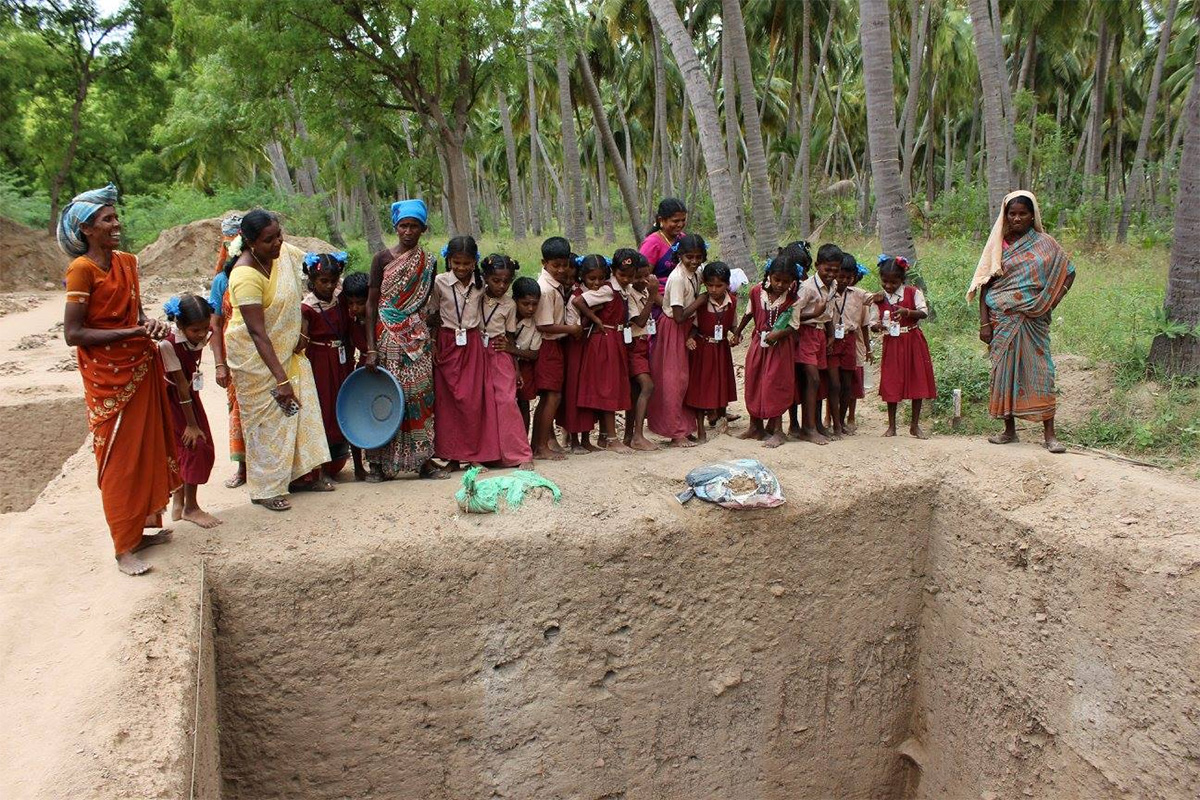
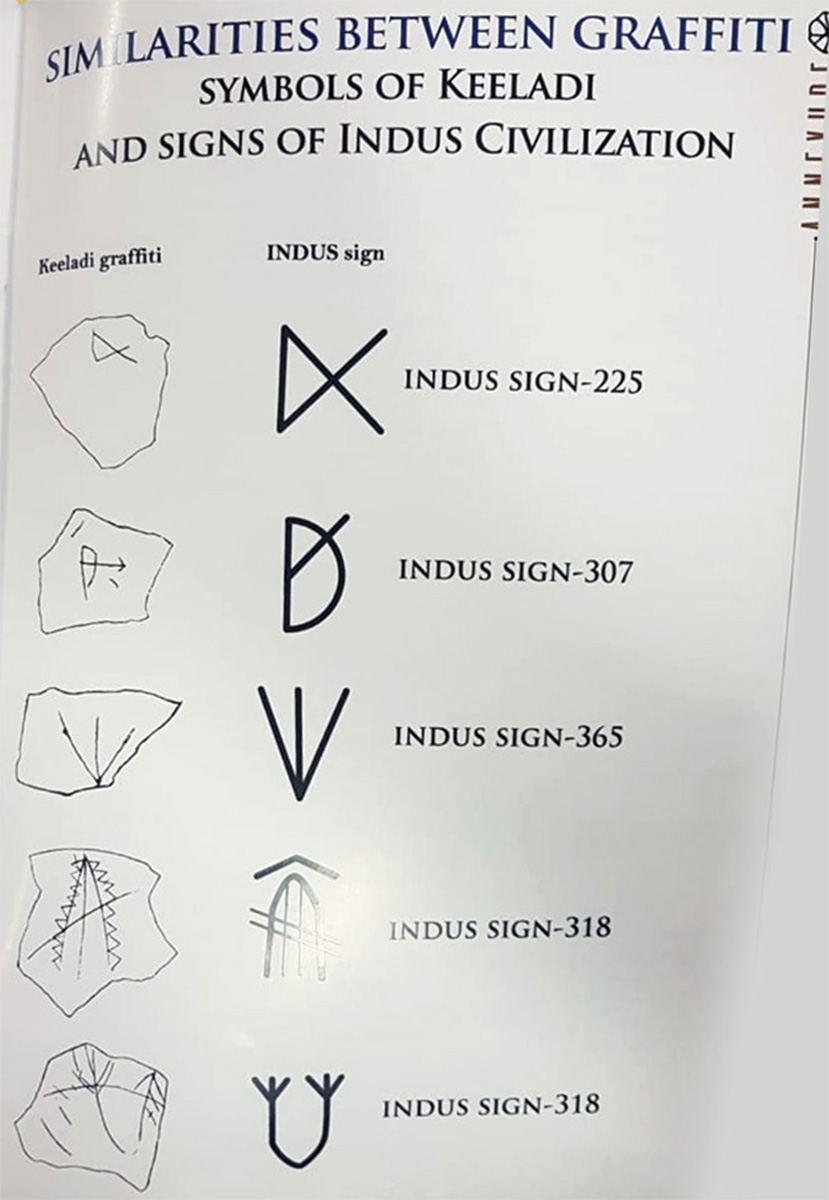
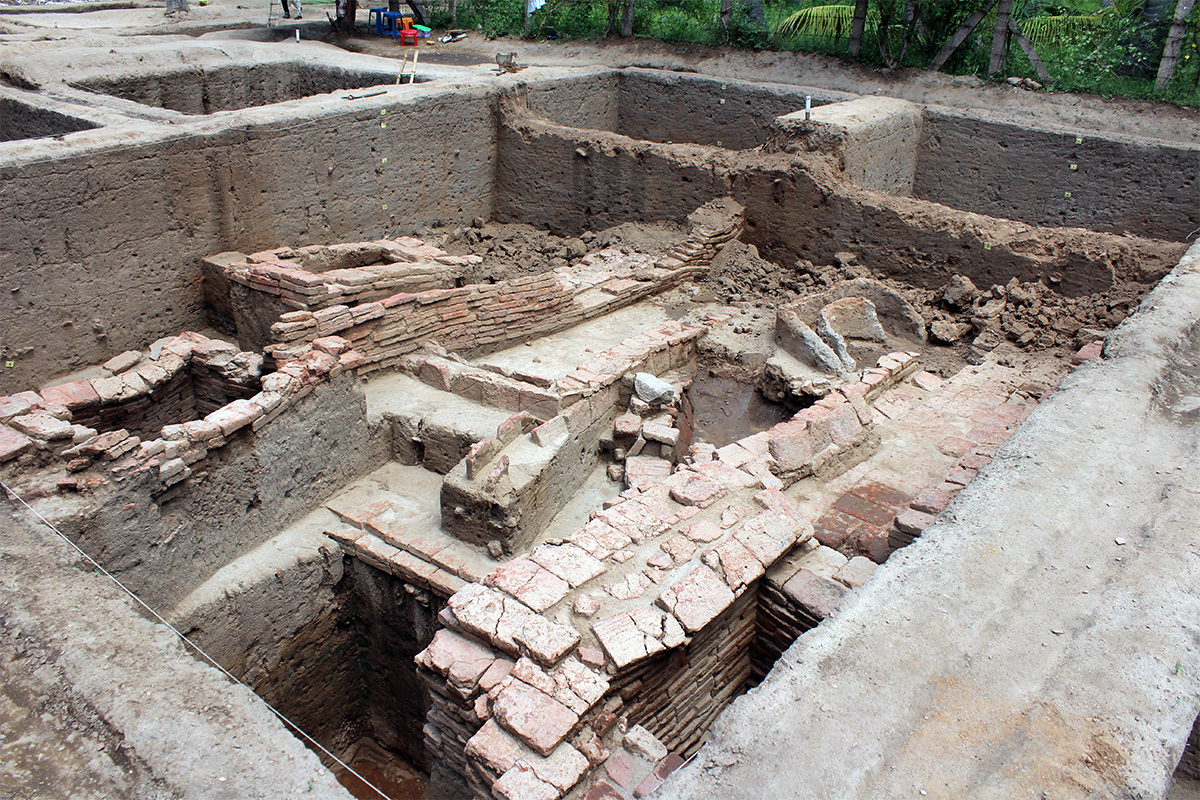
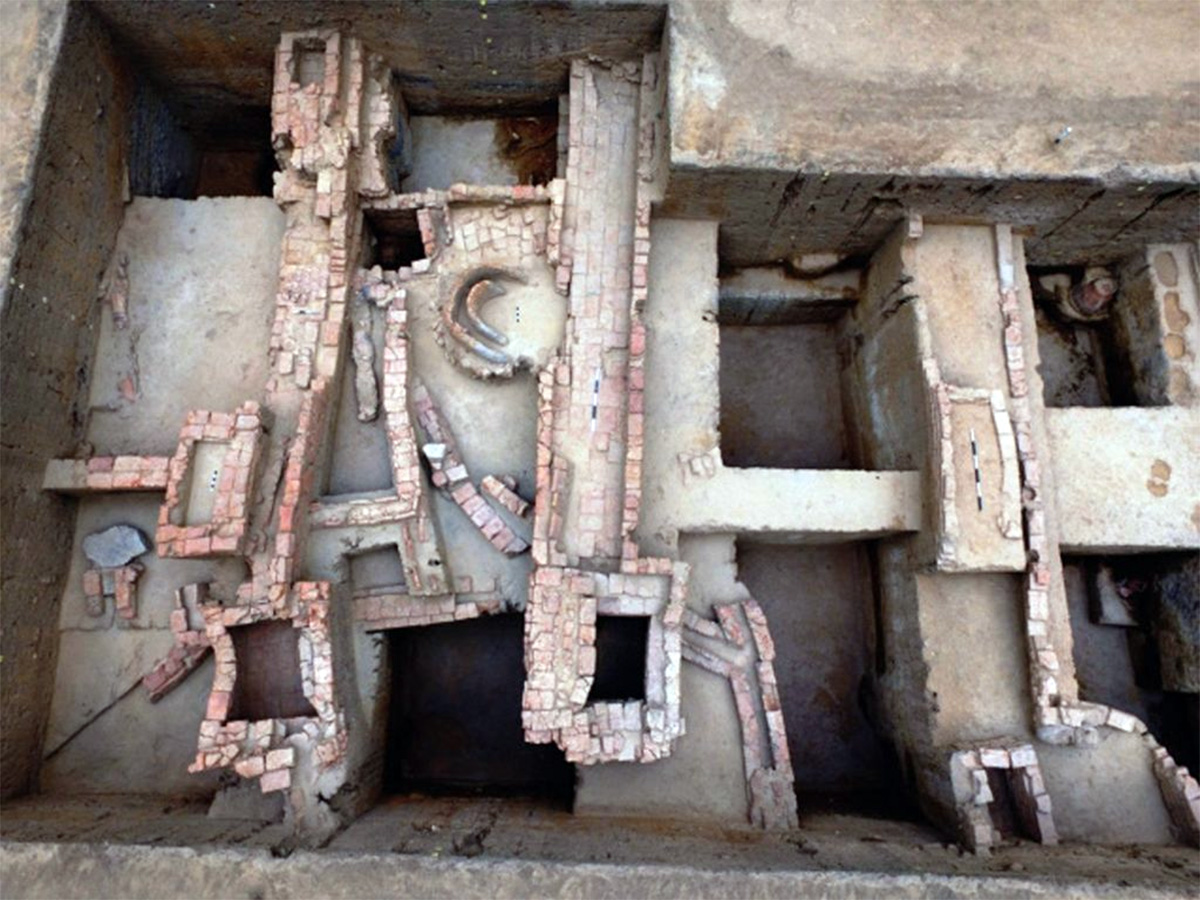
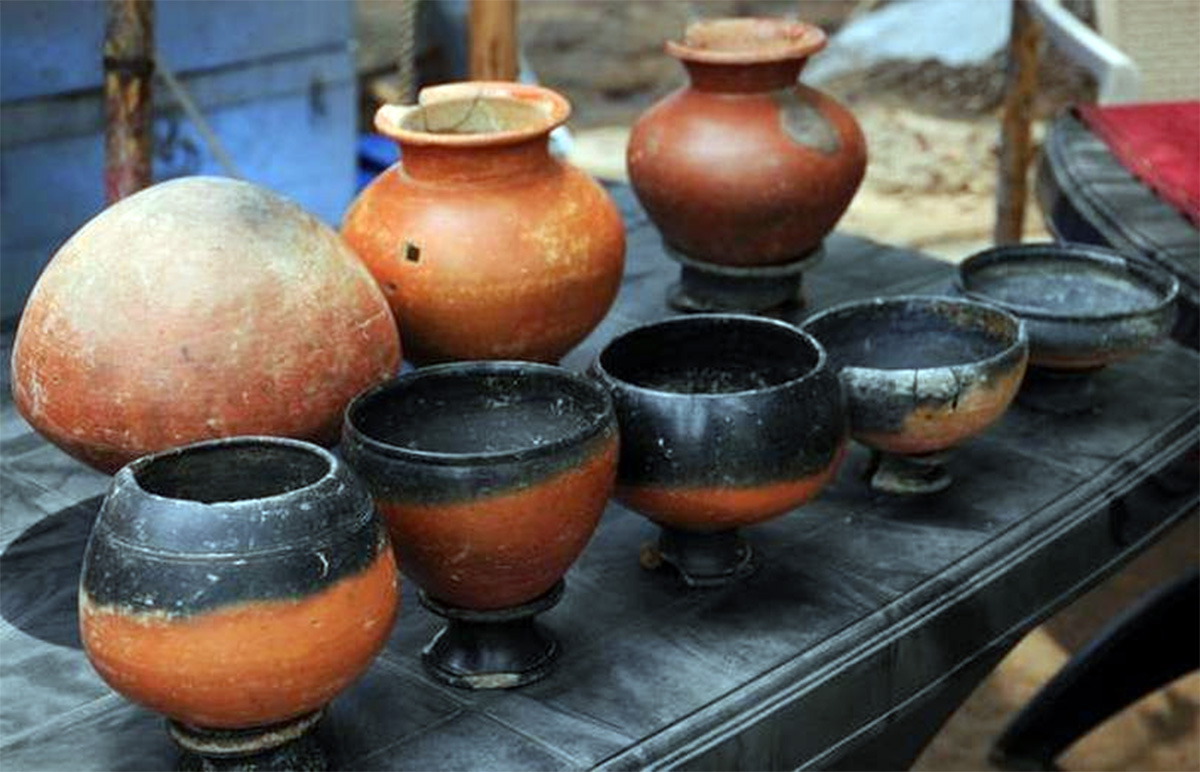
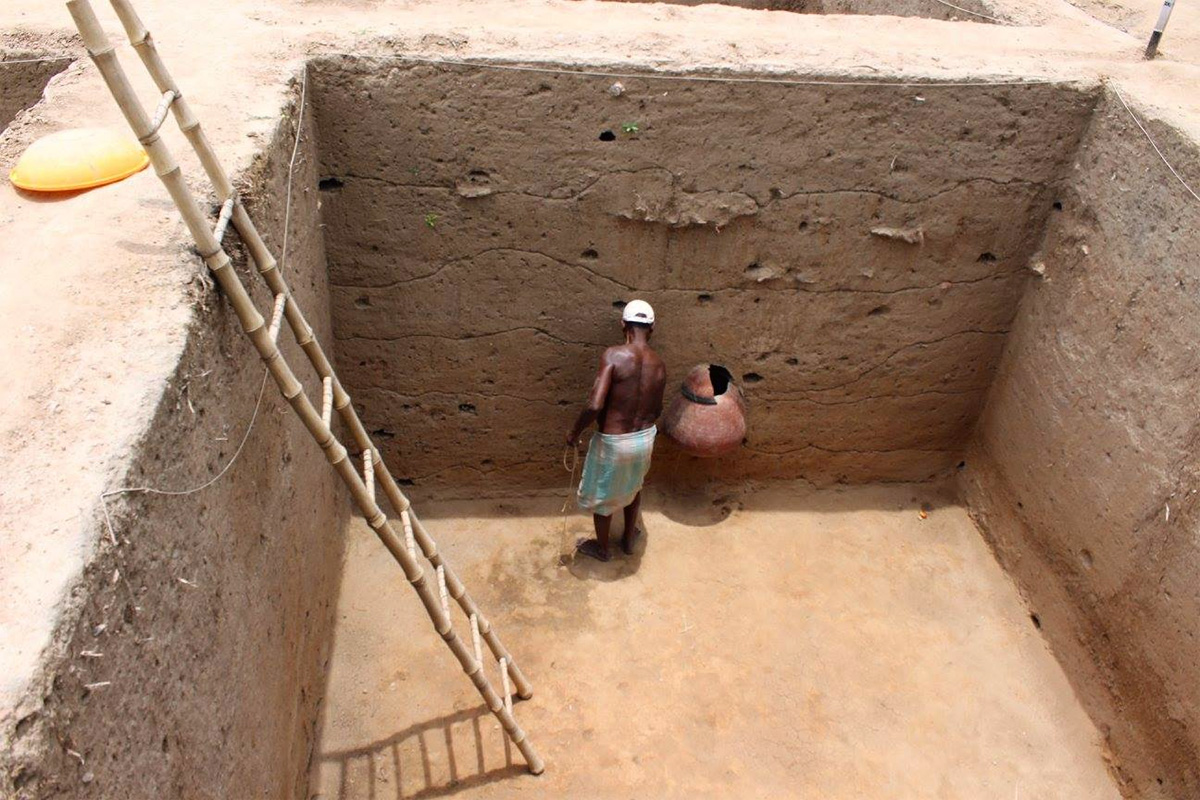
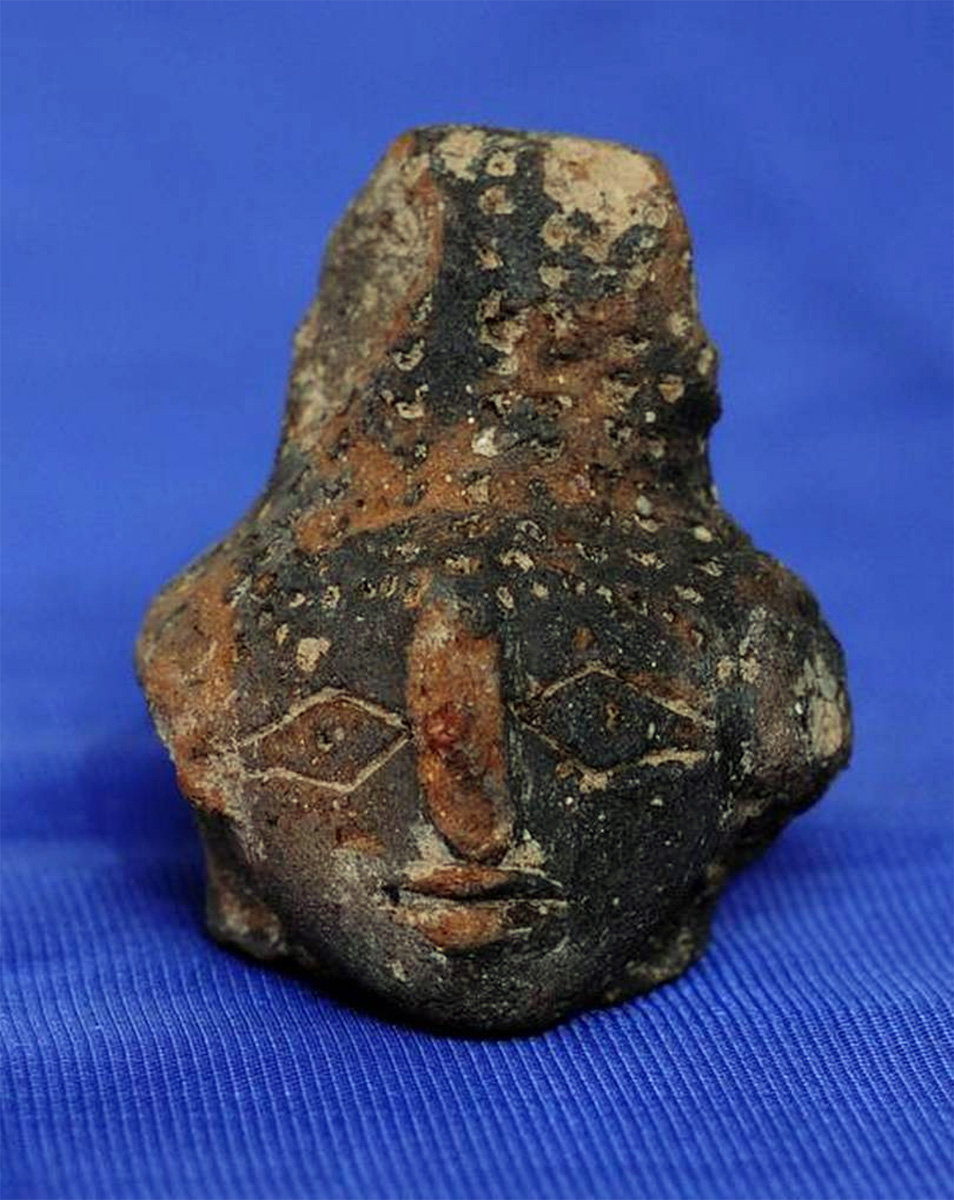
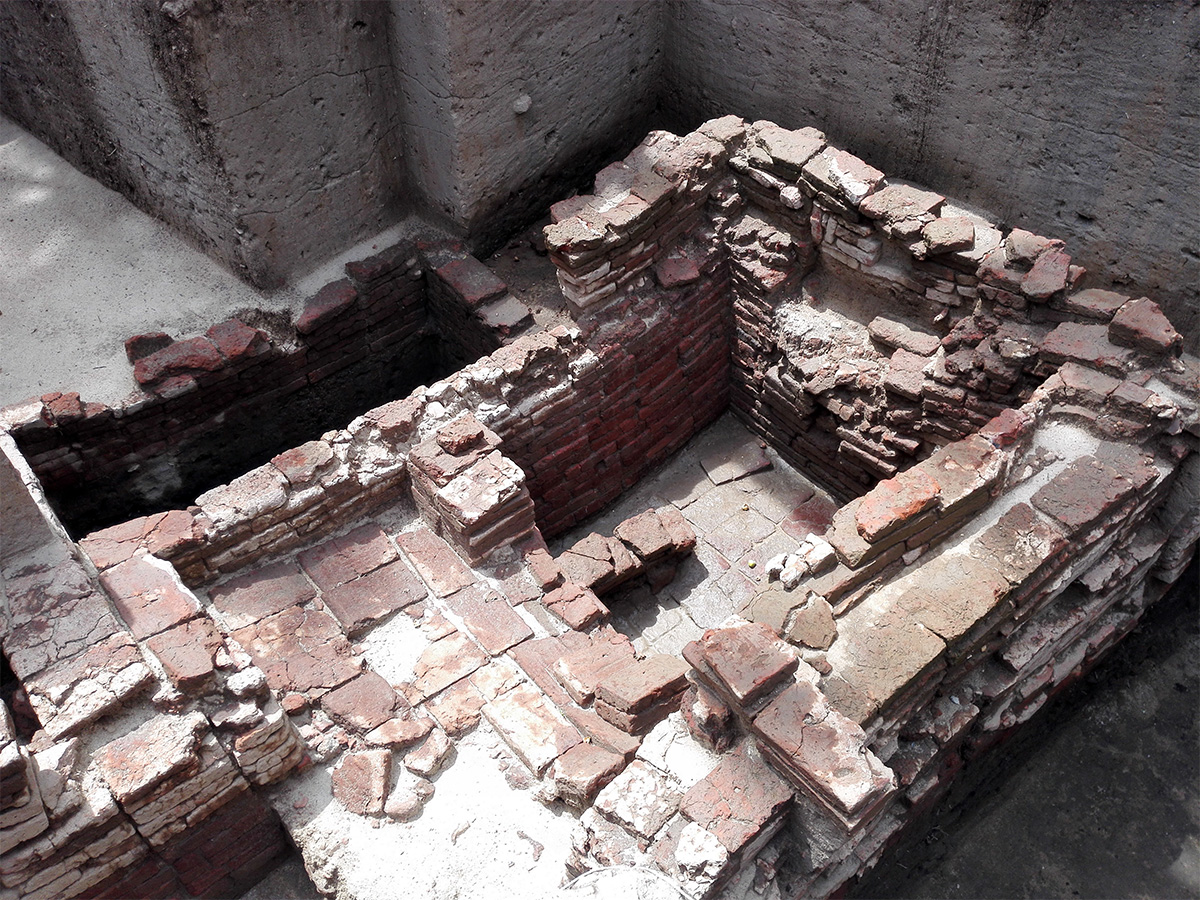
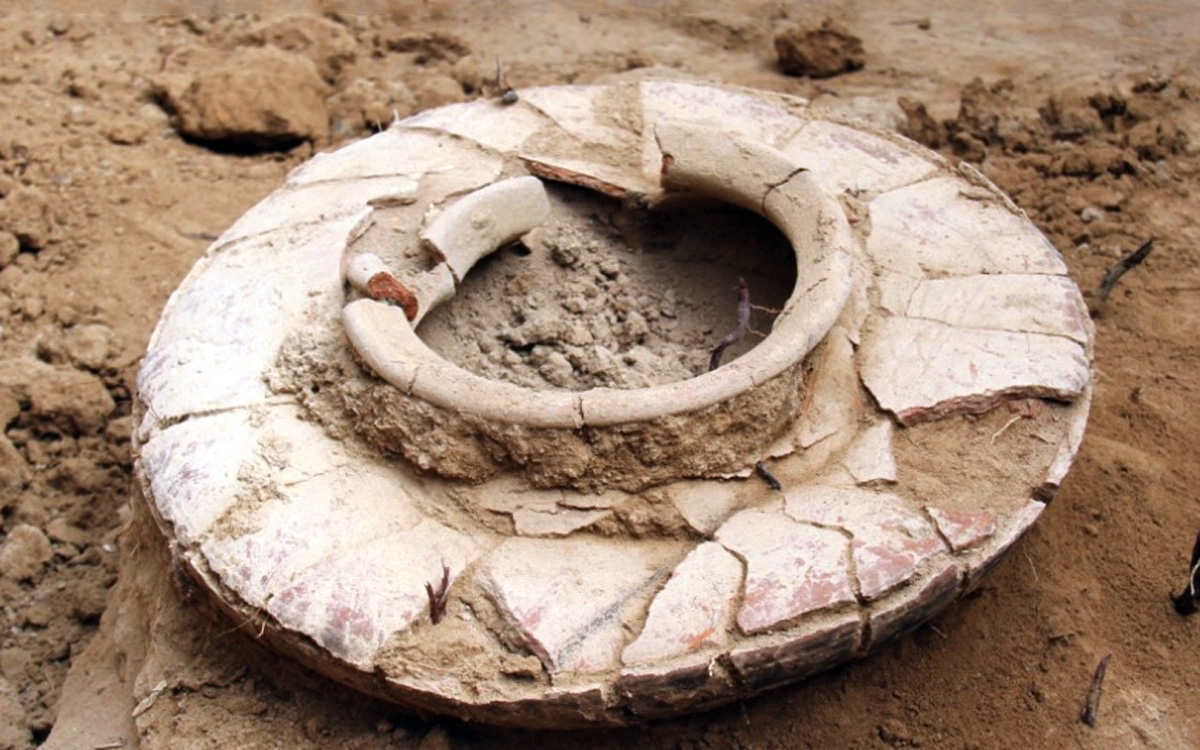
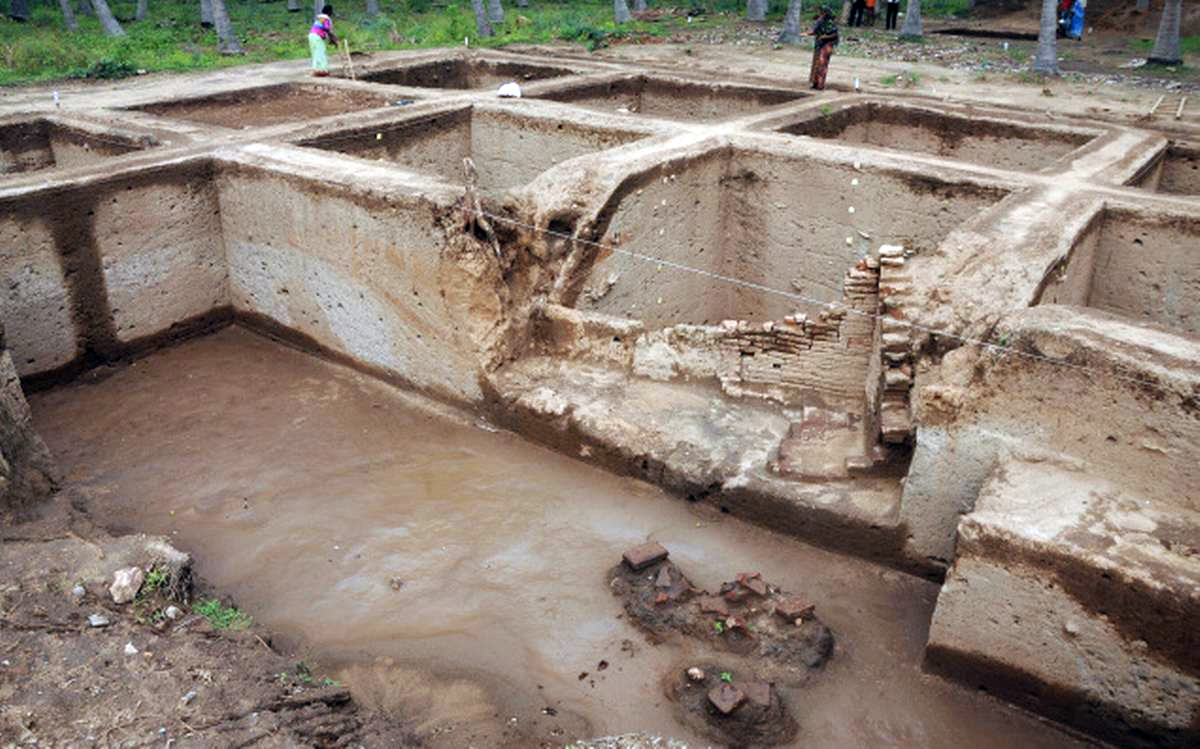
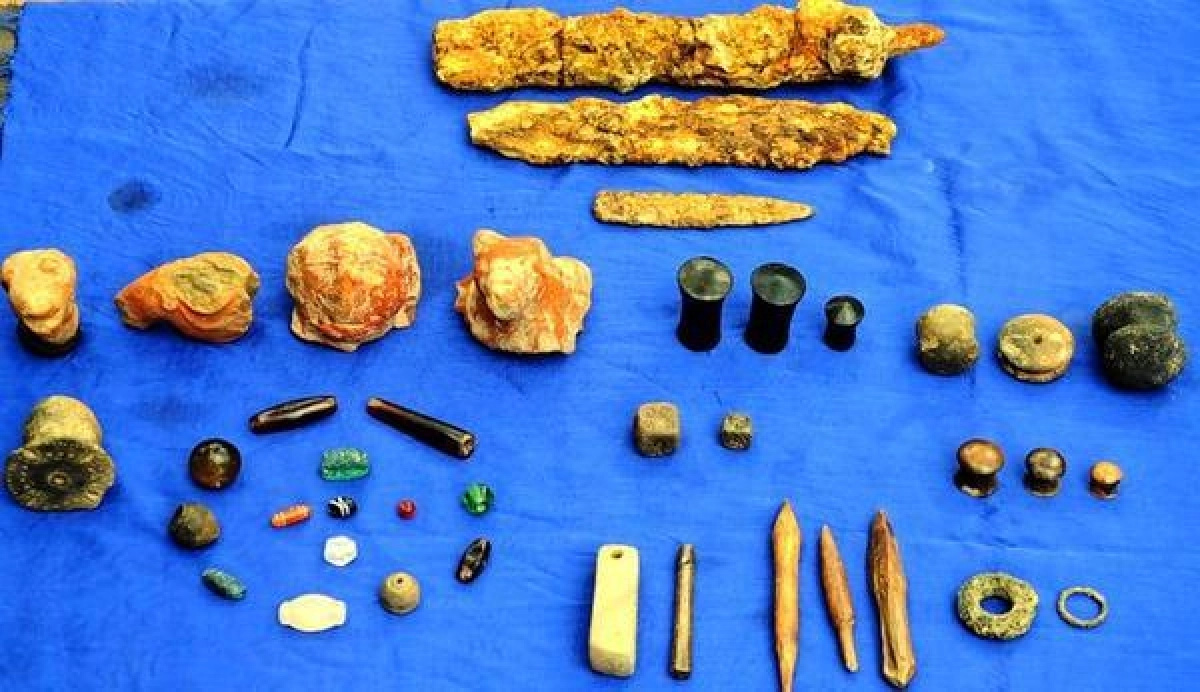
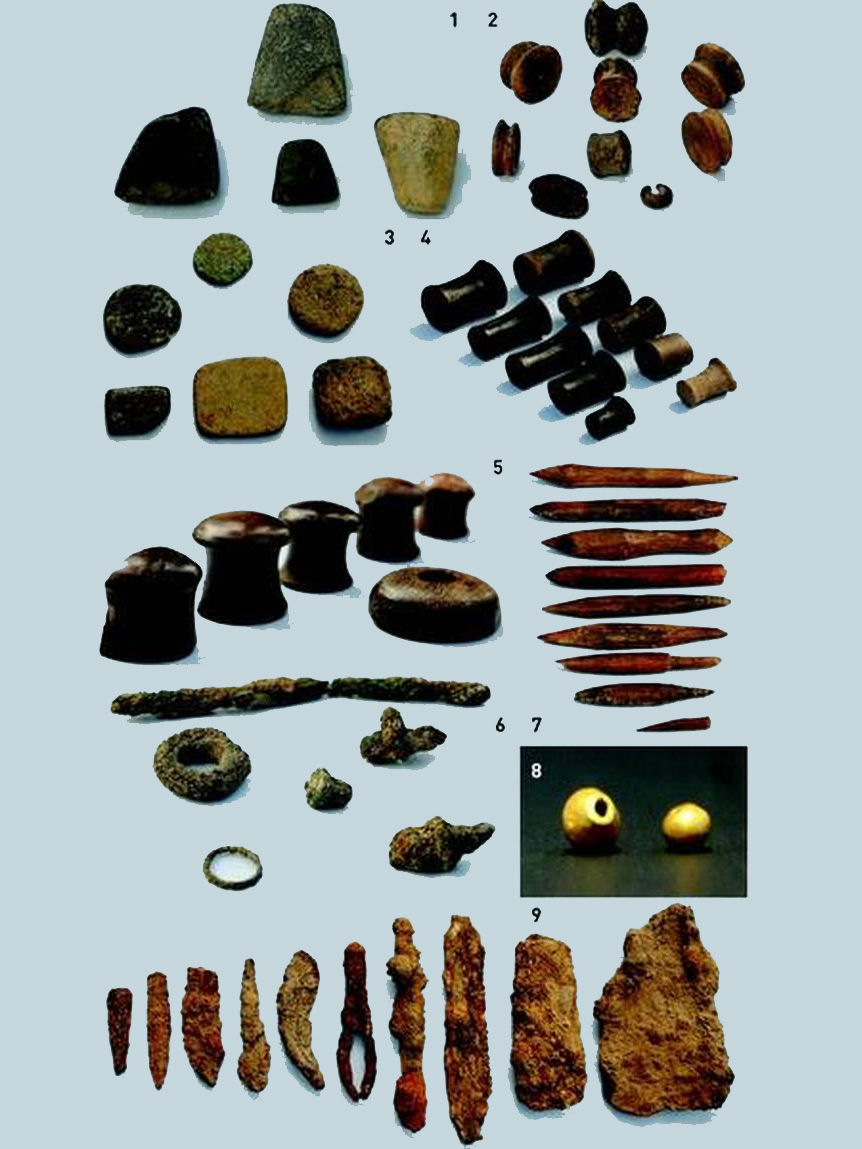
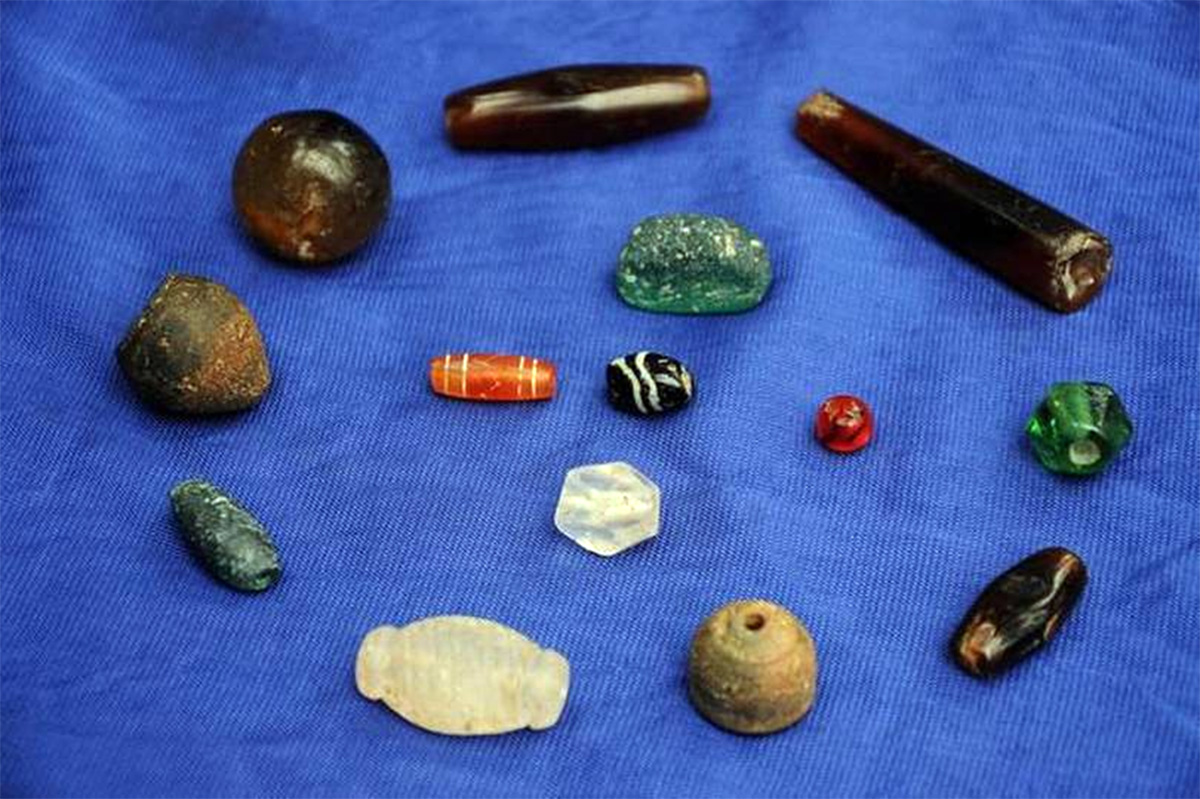
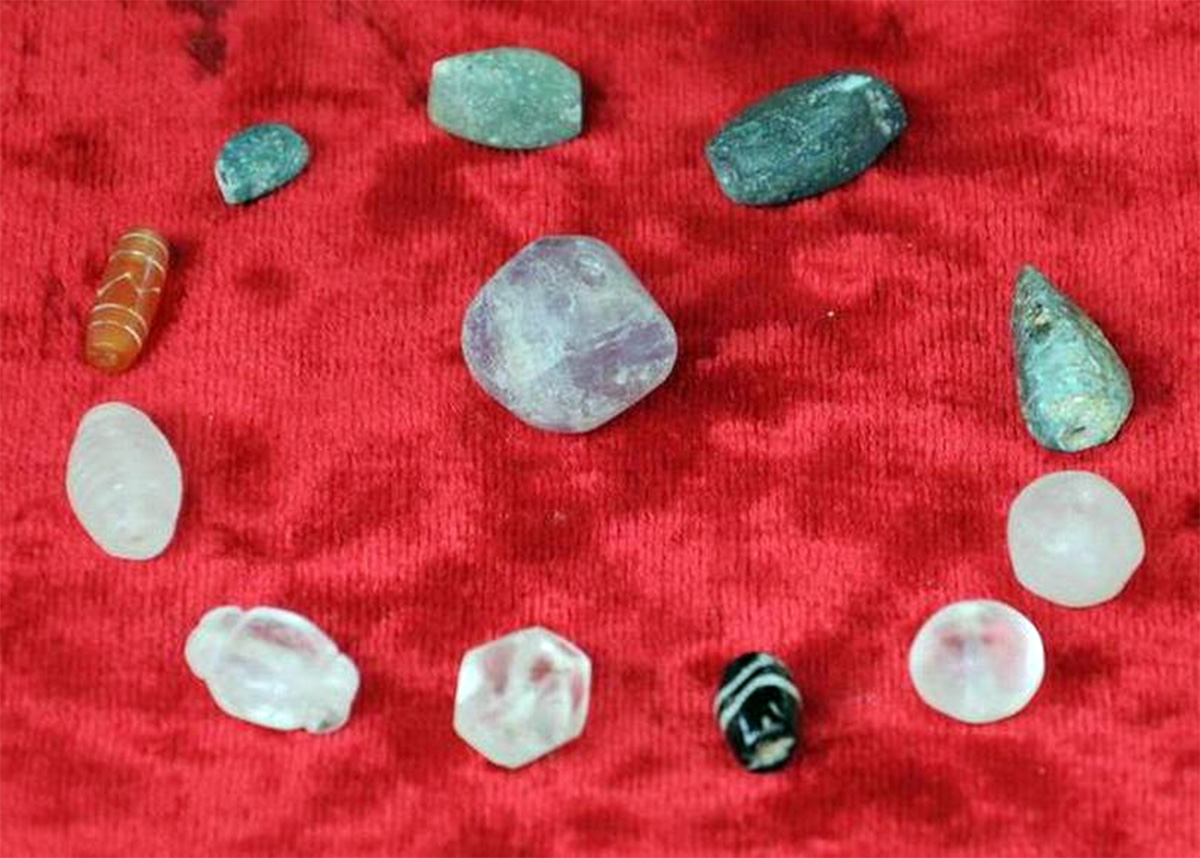
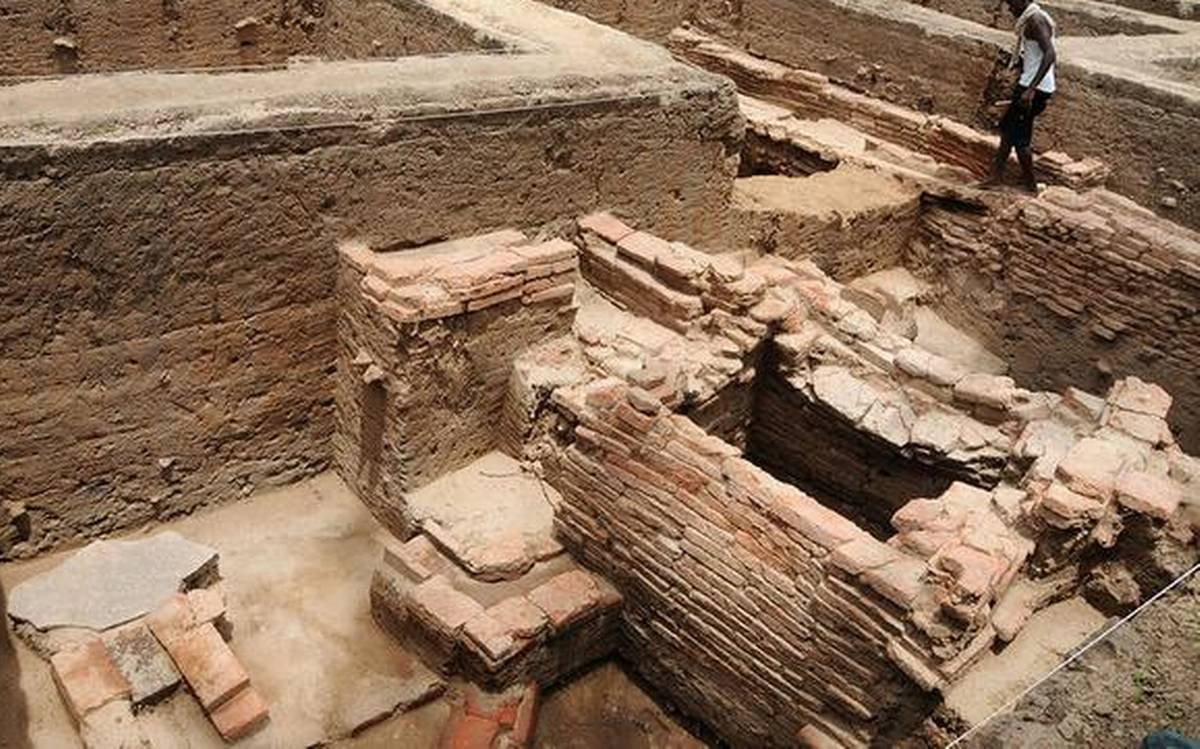
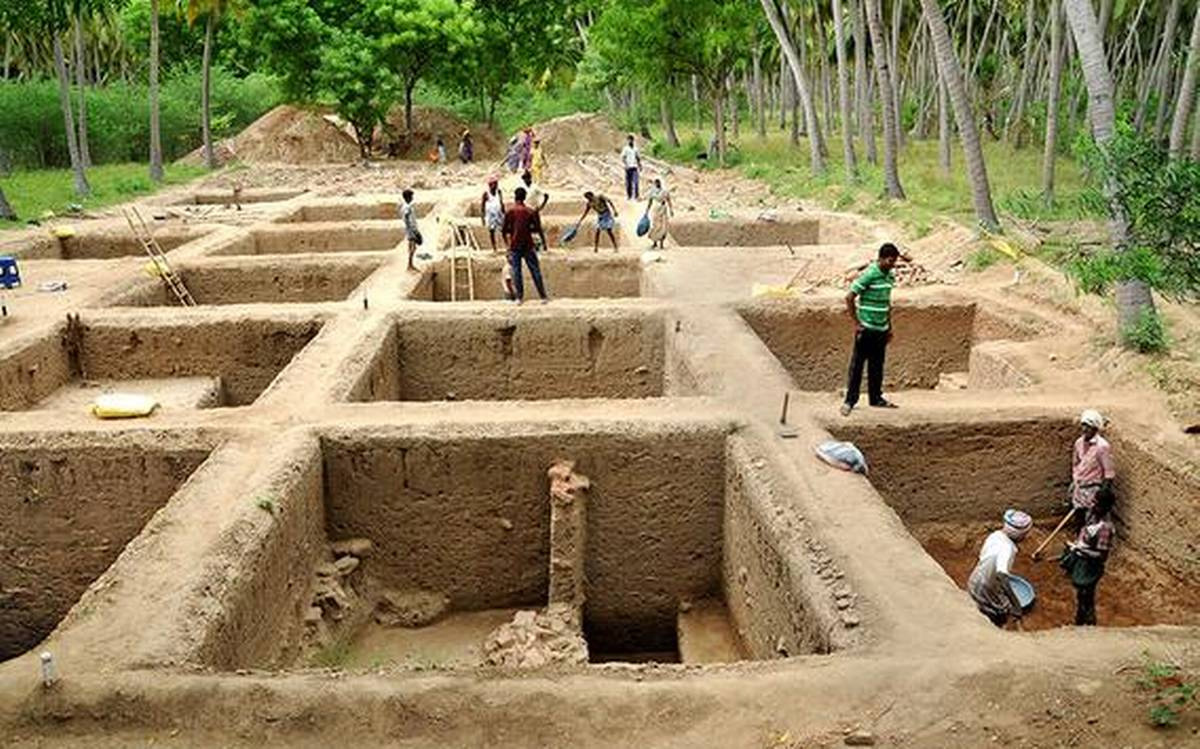
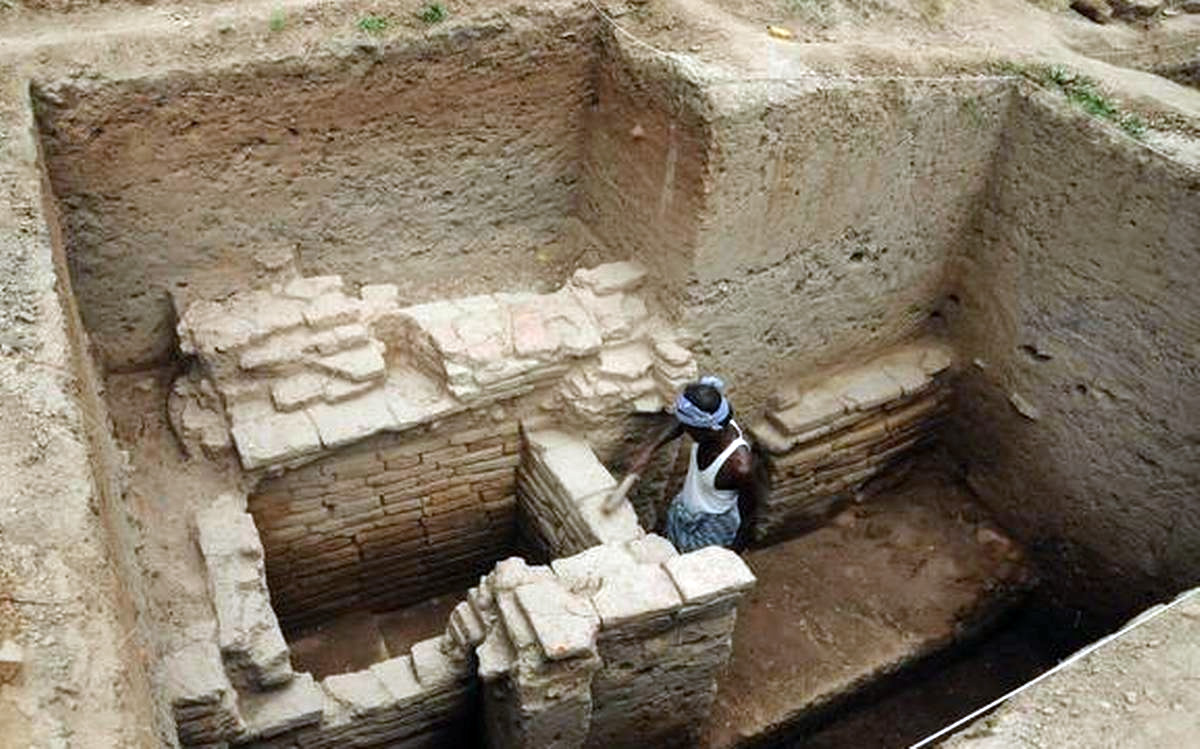
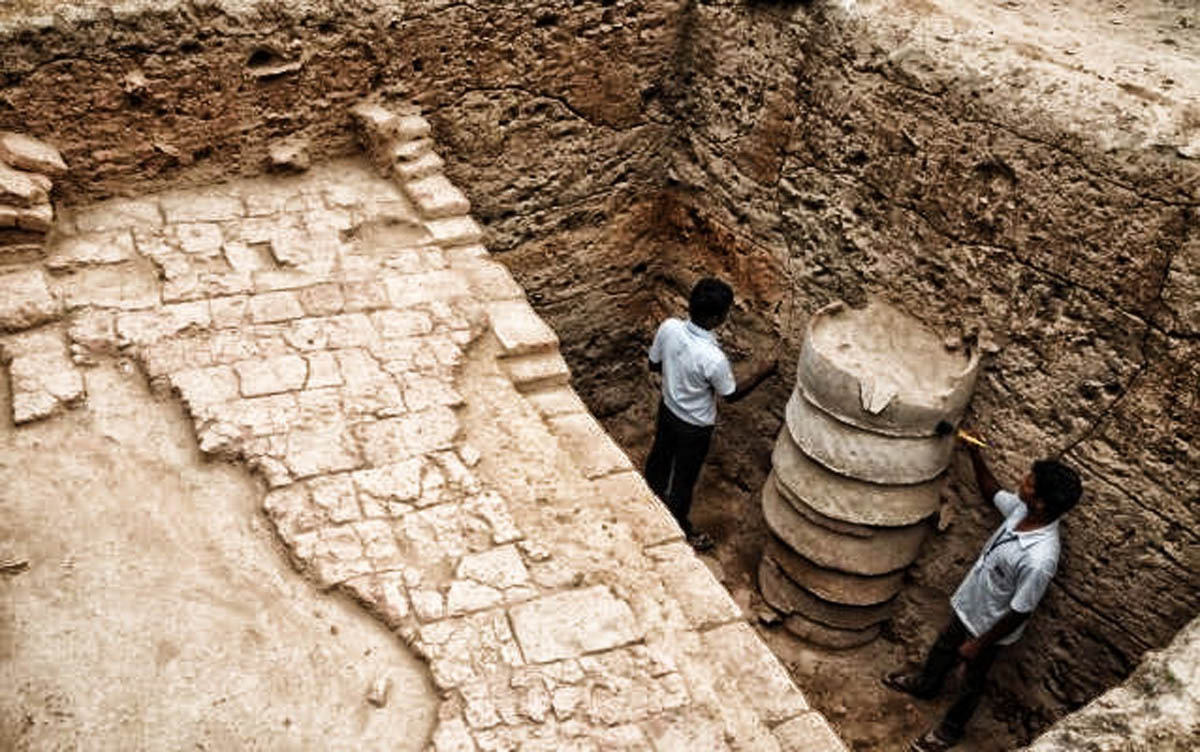
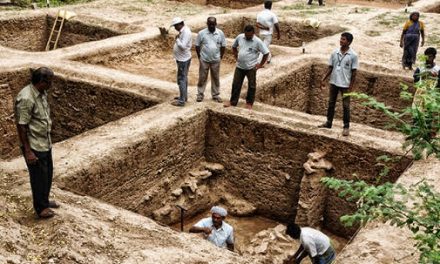
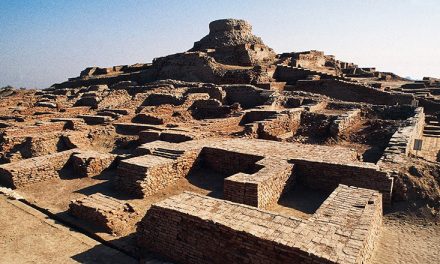











Did Indus people shift to Keezhadi ?
A very interesting article pointing towards our glorious past.Future text books on Indian History should contain such findings.
The present findings from excavation at Keezhadi (T.N) throws much light into the steady developmental process of human civilisation, enrichment in the learning and life style process over the period right from the 6th century B.C. .It will be very useful for anthropologists, researchers, students as well as common man in gauzing the vision and wisdom of people who thrived in this part of the continent throughout the developmental process. It may also help us in making an idea on the future of the human beings 100/500 years hence.
The bead work is very impressive. I wonder if they were the equivalent of Tibetan dzi beads.
The photos in this article are excellent. I wish when I was studying archaeology in college in 1974
that there had been more of an interest in India. I would have loved to have participated in a dig
like this one.
Excellent article. The connection to Indus Script should be fully explored to really know the full extent of civilizations in India.
A fantastic find. This and many more findings should blunt the distorted history of us which had been bred to the generations so far.
An interesting Archaeological finding. Hope the current day Dravidian politicians accept the link to North India during 5000 BCE
Very interesting! Finding out amazing yet possible link in between Keezhadi and Indus valley civilization will provide wider scope to further establish other possible links in future !! Warm wishes to Archaeologists for their hard work and continuous efforts to bring out such findings in near future!!
Yes, it appears that Tamils were living in the North too?
An interesting article and excellent finding about our glorious past.
Thank you for this article with the most beautiful and illuminative Photographs from the site of the Excavations. These excavations were almost aborted halfway by the Centre. Indian Archaeology must be
happy that the Tamil Nadu Government pursued the excavations and revealed to the World this forgotten civilization of 6th Century B.C.
Subra Pon
Very Inspiring. Bring out as a book/
An excellent and interesting article which gives us knowledge about our fantastic and glorious past.
Excellent article with good quality photographs. A map showing the location of the present day site would have helped better imagining.
If the connection between the Indus civilization and the Tamil scrip is established and a theory is put forth that for some reason there was an exodus from Indus Valley to Tamil Nadu, this could have taken 3 to 5 centuries. In such a case some artifacts should be found in states lying in between like Rajastan / MP, Gujarat, Karnataka etc.
A major finding. This disproves the theory of aryan invasion by the westerners.. So far the indus script could not be deciphered. After the findings of graffiti similar to indus script in Keezhadi, there is certainty that the indus script may be precurser to tamil brahmi script. Govt should see that futher studies be carried out and the findings made public. Not only that the findings may be prescribed for history lessons in school curriculam in order to neutralize the effect of aryan invasion theory poison so far inflected on the innocent young minds.